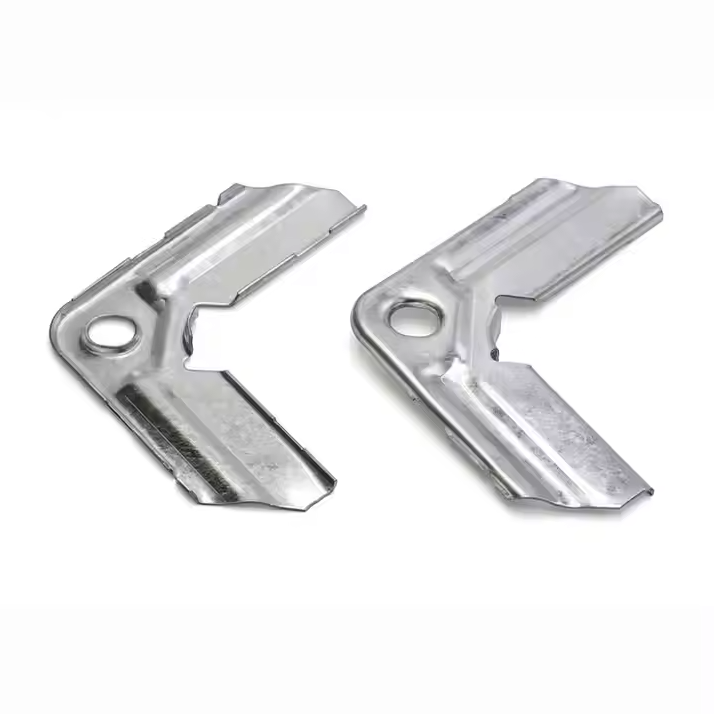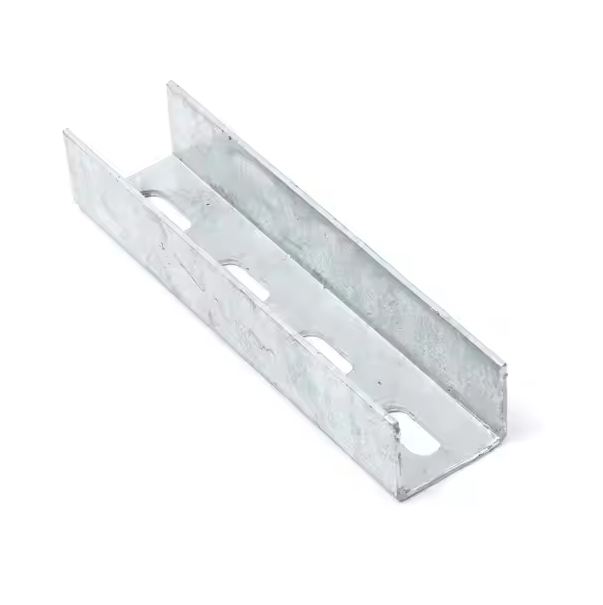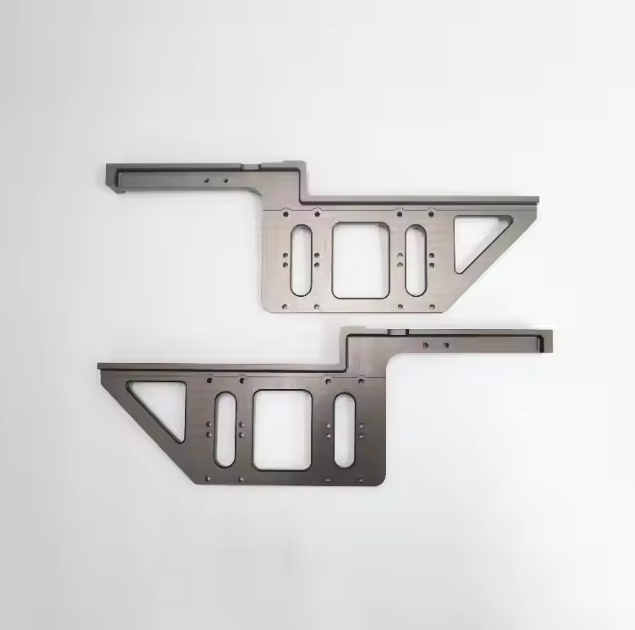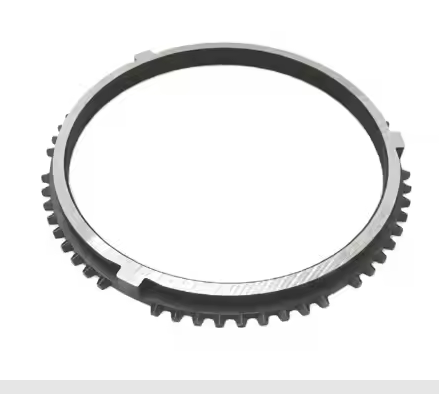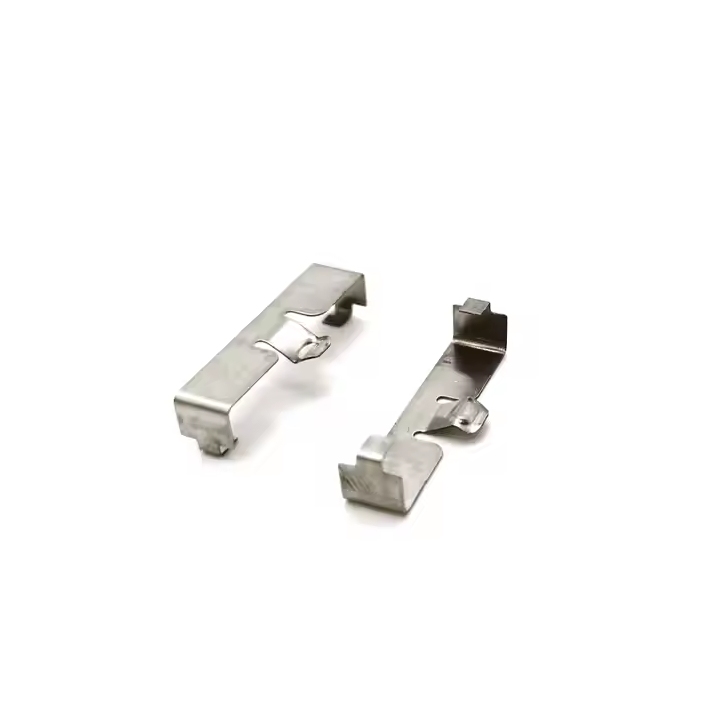The development of lightweight automobiles has increased the demand for light alloy castings such as magnesium and aluminum year by year. Since 1990, magnesium for automobiles has been growing rapidly at an average annual rate of 20%, and magnesium alloys have become an important field of automotive material technology development. Die-casting magnesium alloy materials are particularly suitable for circular economy and energy-saving, low-carbon and clean production requirements due to their recyclability and advanced chipless process, and they play a leading role in the development of lightweight automobiles.

Performance and advantages of magnesium alloys:
Low density: The density of die-cast magnesium alloys is only 2/3 of that of aluminum alloys and 1/4 of that of steel. The specific strength and specific stiffness are better than those of steel and aluminum alloys, and much higher than engineering plastics. Therefore, die-cast magnesium alloys are an excellent lightweight structural material that can compete with the above materials in many application fields.
Good vibration absorption: It is conducive to vibration reduction and noise reduction. For example, at a stress level of 35MPa, the attenuation coefficient of magnesium alloy AZ91D is 25%, while that of aluminum alloy A380 is only 1%. At a stress level of 100MPa, the attenuation coefficients of magnesium alloys AZ91D, AM60, and AS41 are 53%, 72%, and 70%, respectively, while that of aluminum alloy A380 is only 4%.
High dimensional stability: It reduces the dimensional instability of magnesium alloy die-castings caused by changes in ambient temperature and time.
High thermal conductivity: The thermal conductivity of magnesium alloys (60-70W/m-1 K-1) is second only to that of aluminum alloys (about 100-70W m-1 K-1), so it has good thermal diffusivity.
Non-magnetic: can be used for electromagnetic shielding.
Good wear resistance: magnesium alloy also has a good damping coefficient, and the vibration reduction is greater than that of aluminum alloy and cast iron. It can reduce noise when used in shells, and reduce vibration when used in seats and wheels, which improves the safety and comfort of the car. Magnesium alloy is light in weight, strong in shock absorption, good in casting performance, high in automated production capacity and mold life, and stable in size. As the lightest engineering material, magnesium alloy is not only the most suitable material for casting automotive parts, but also the most effective automotive lightweight material.
Compared with aluminum alloy and steel materials, magnesium alloy has higher specific strength and better casting performance. Magnesium alloy has obvious advantages in thermal conductivity, vibration reduction and damping capacity, which further broadens its application in the automotive field.
Specific applications of magnesium alloys in lightweight automobiles:
Automobile interior structure:
Although magnesium alloys have poor corrosion resistance, corrosion protection is not a major concern for the interior structure of automobiles, so magnesium alloys have been widely used in the interior structure of automobiles, especially in instrument panels and steering structures. It is reported that the first magnesium alloy instrument panel pillar was die-cast by General Motors in 1961, saving 4kg of material compared to the same part produced by zinc alloy die-casting. Over the past decade, great progress has been made in the use of magnesium alloy die-casting instrument panel pillars.
The application of magnesium alloys in seats began in Germany in the 1990s, mainly when Mercedes-Benz used magnesium die-casting to produce a seat structure with a three-point seat belt in the SL Roadster. Similar to the application of magnesium alloys in instrument panels, in recent years, seats designed and manufactured using magnesium alloys have also experienced a significant improvement. Now the thinnest seat structure using magnesium alloys can reach 2mm, which greatly reduces the weight. Although other materials such as high-strength steel, aluminum, and composite materials are also used, experts predict that magnesium alloys will become a major material for lightweight and cost-effective automotive seat components in the future.

Body:
Magnesium alloys are limited in their use in body applications, but they have also been used by vehicle manufacturers. When General Motors introduced the C-5 Corvette in 1997, it used a one-piece magnesium alloy die-cast roof frame. In addition, magnesium alloys are also used in the retractable hardtop convertible roof and top frame of the Cadillac XLR convertible, and Ford F-150 trucks and SUVs also use coated magnesium castings as radiator brackets. In Europe, Volkswagen and Mercedes-Benz have pioneered the use of thin-walled magnesium alloy castings in body panels.

Chassis:
Currently, cast or forged magnesium alloy wheels have been used in many high-priced racing cars or high-performance sports cars. However, the relatively high cost and potential corrosion problems of magnesium alloy wheels prevent their application in mass-produced vehicles.
In the future, the production of lightweight, low-cost magnesium alloy chassis parts, such as wheels, engine suspensions, and control arms, will rely on the great improvement of magnesium alloy casting technology. Various casting processes that have been developed on aluminum alloy wheels and chassis parts can be successfully applied to magnesium alloys after modification. In addition, the development of low-cost, corrosion-resistant coatings and new magnesium alloys with fatigue resistance and high impact strength will also accelerate the application of magnesium alloys in chassis.
Powertrain:
Most of the castings in the powertrain, such as the engine block, cylinder head, transmission case, oil pan, etc., are made of aluminum alloy. At present, pickup trucks and SUVs produced in North America have magnesium alloy transmissions, and magnesium alloy manual transmissions of Volkswagen and Audi are also mass-produced in Europe and China.

The application of magnesium alloys still follows the principle of using appropriate materials, giving full play to its advantages such as low density and good fluidity, and trying to avoid its disadvantages such as low strength and easy corrosion. The following core conclusions are drawn:
The mainstream materials in automotive applications are AM50/60 and AZ91D series magnesium alloys, and the most common molding process is die-casting.
In order to avoid the disadvantage of low load-bearing performance of the material itself, magnesium is not used in beam structural parts with very high load-bearing requirements, but it is generally used in the form of skeletons or brackets in the disassembled assembly parts of automobiles.
Magnesium is suitable for environments where galvanic corrosion is not likely to occur, such as steering wheel bones wrapped in plastic, CCBs placed in the dashboard, and seat frames wrapped in foam and leather.
On the basis of high raw material costs, structural design and optimization are carried out in an attempt to break through and reduce costs.
At Xuanmin, we specialize in providing comprehensive manufacturing solutions for automotive parts, leveraging advanced technology and expertise to meet our customers' unique requirements. We focus on quality, efficiency and innovation, providing a range of tailored services for the automotive industry.
Whether you need engine and transmission parts, interior components, structural elements or other automotive parts, Xuanmin can provide customized solutions based on your needs. Contact us today to discuss your project requirements.
